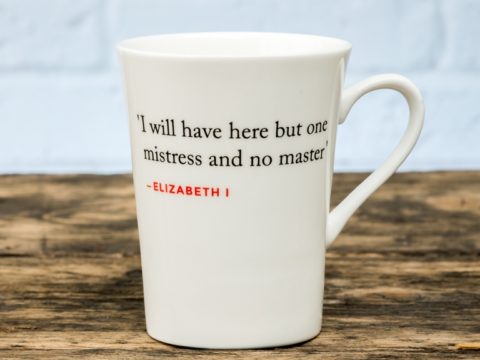Dowries & Marriage Settlements
Chapter 4 : Dower
Under common law in England, if no other provision had been made, a widow was entitled to one-third of the income from the estate as ‘dower’. The purpose was to maintain her, and any younger children for whom there was no separate allocation of land or goods. Frequently, jointure in survivorship was granted on the basis that the widow would forgo her dower rights. Dower was one of the most frequent bones of contention amongst families.
In an age when many people were widowed and remarried, it was not unusual for a son by a first marriage to have a step-mother the same age, or younger, than himself. One third of the income of the estate would be due to her for the rest of her life. There might even be several widows at the same time, each due a proportion. There are numerous court cases where step-mothers, and even natural mothers, complain that the heir is refusing to honour their dower rights.
The case of Bess of Hardwick was fairly typical. She married Robert Barlow when he was a minor. They had no children, and his inheritance rights passed to his younger brother, who, also being a minor became a ward of Sir Peter Frecheville. Frecheville refused to pay Bess her dower, probably claiming that Bess and Robert’s marriage had been unconsummated, and was therefore voidable (although not void).
Bess took Frecheville to court. He offered a compromise, whereby she would renounce her dower rights for a small settlement. With no money and no powerful friends to back her, Bess was initially forced to accept it, but her late husband’s uncle intervened to have the settlement overturned and Bess eventually received her dower, together with some compensation.
The term dower was also used to refer to the lands that kings settled on their wives, similar to the ‘jointure’, except that the lands were assigned to the queen herself, rather than them being held in common with the king. Again, it was the custom that the dower should be proportionate to the dowry, but what the levels were varied between countries.
French queens received a dower of lands worth around 50 – 60,000 livres tournois per annum. Mary, the French Queen, was entitled to some £10,000 per annum as the widow of Louis XII. After her marriage to Charles Brandon, Duke of Suffolk, she was obliged to remit £4,000 per annum to her brother, Henry VIII, as a suitable punishment for marrying without his consent. Since she had no children with Louis XII, Mary was entitled to the full return of her dote, but Henry took that as well.
Anne of Cleves received a dower under the marriage articles of 1539 of 5,000 marks (£3,300) per annum, which was to be reduced to 3,750 marks if she were to be widowed and return to Cleves. Under the settlement made when the marriage was annulled, she received a similar amount as a pension.
In the 1520s, when Henry VIII was negotiating the proposed dot and dower for his daughter Mary, as a wife for the Emperor, a dot of 100,000 crowns was offered, in return for 20,000 crowns per annum. The Imperial negotiators thought this too high – they considered a 10% return to be adequate.

